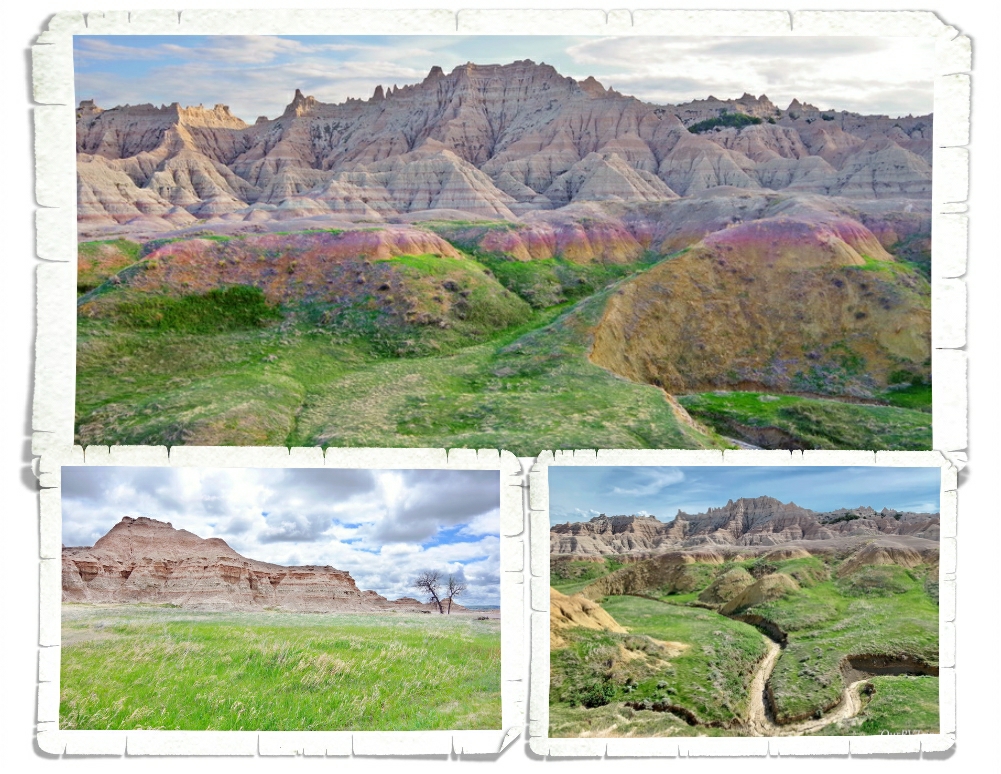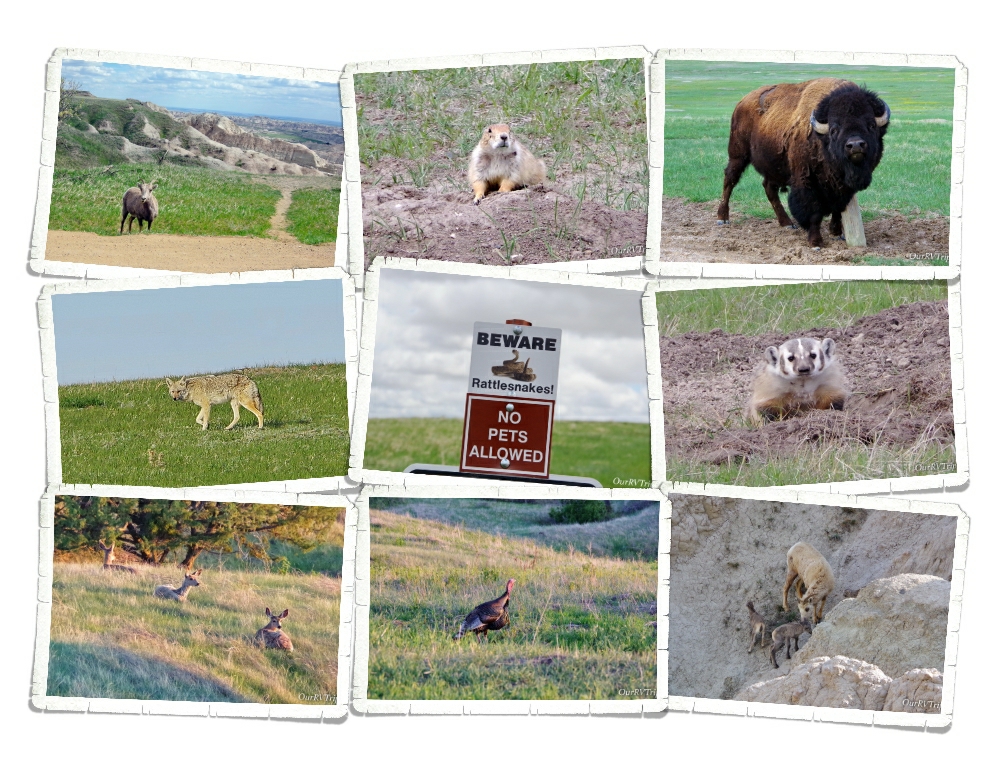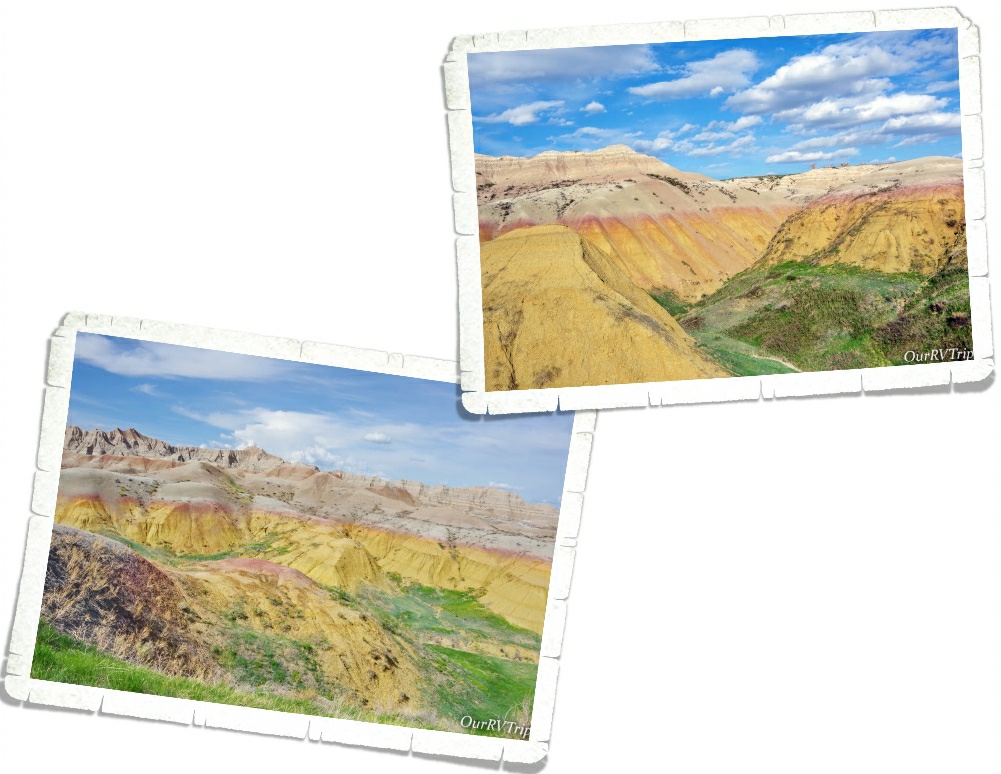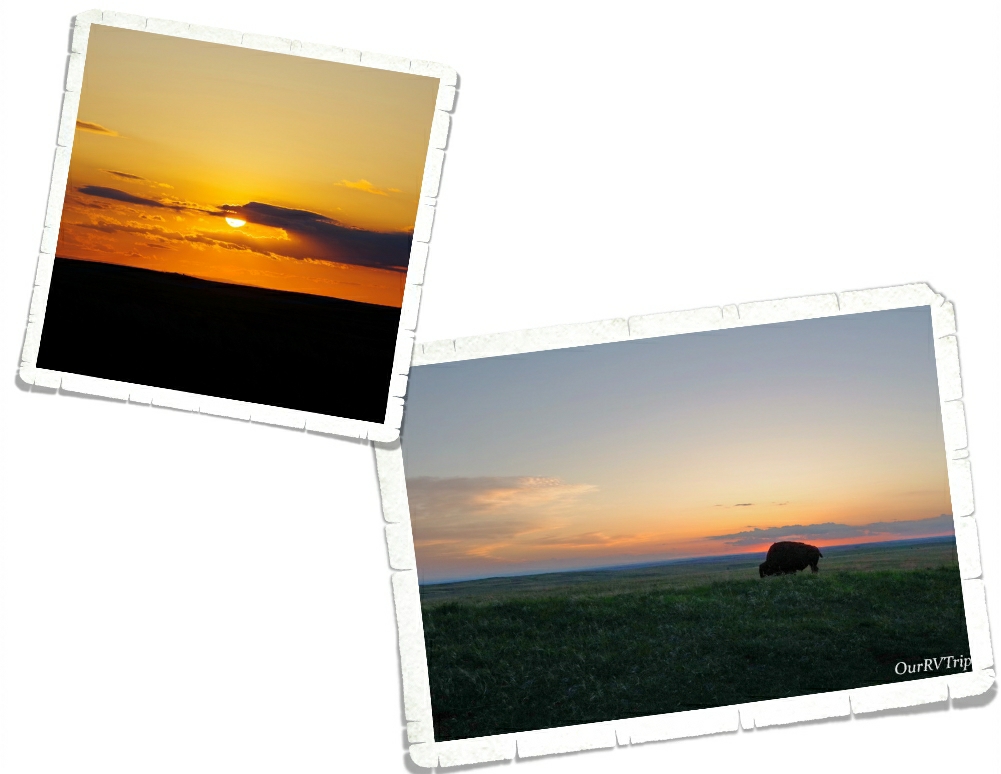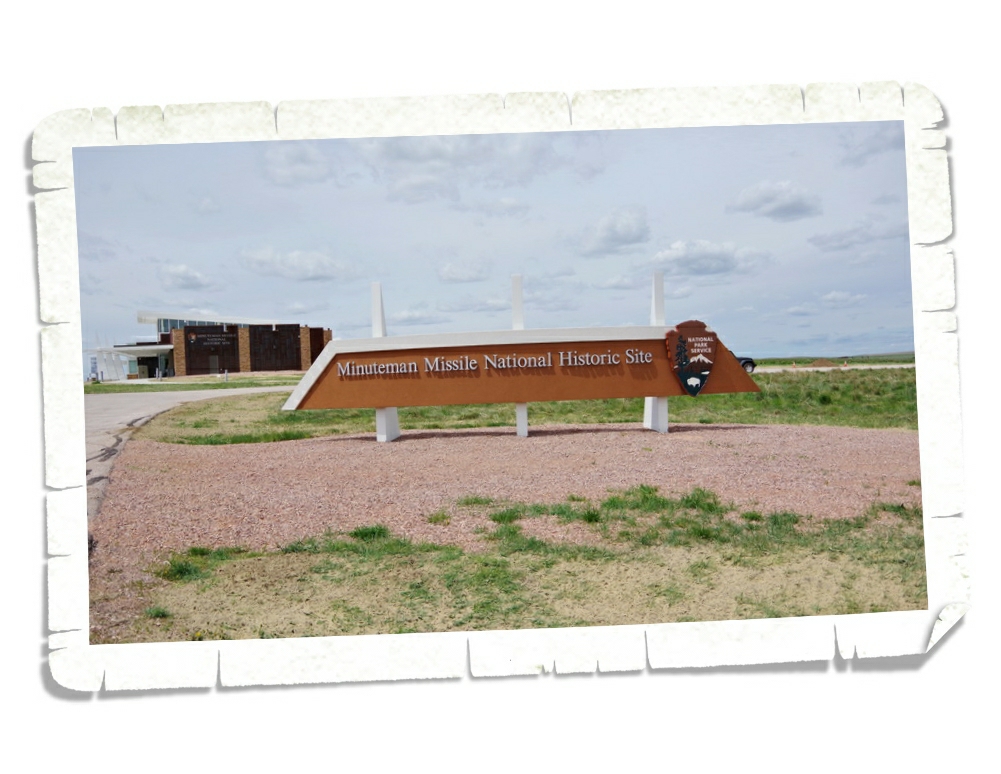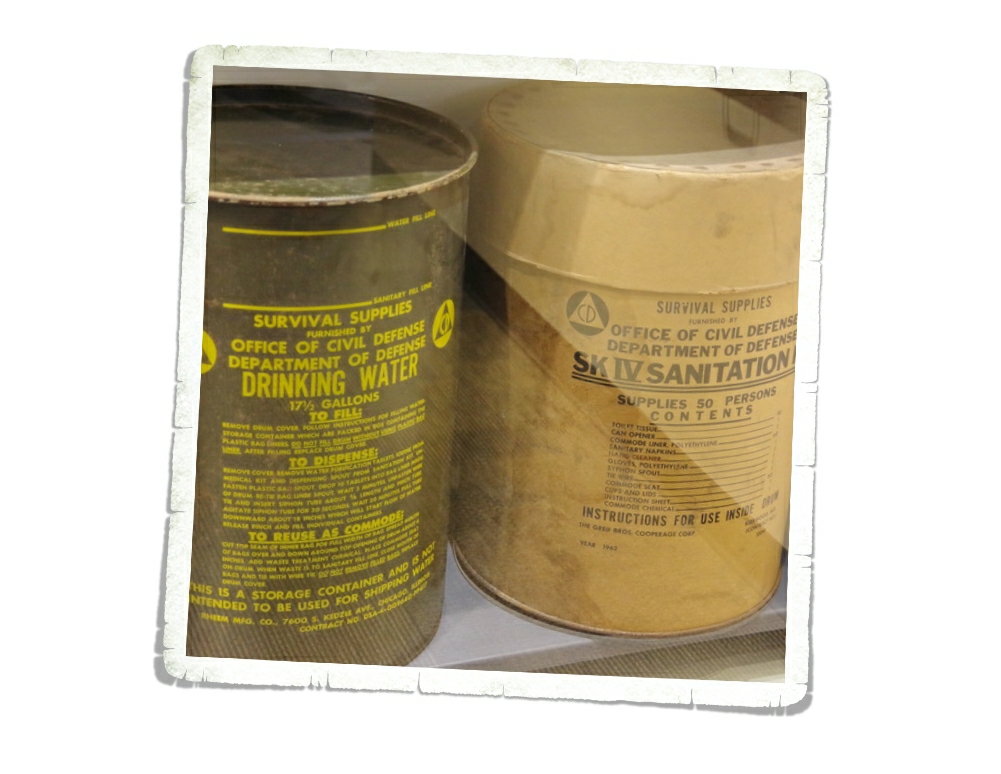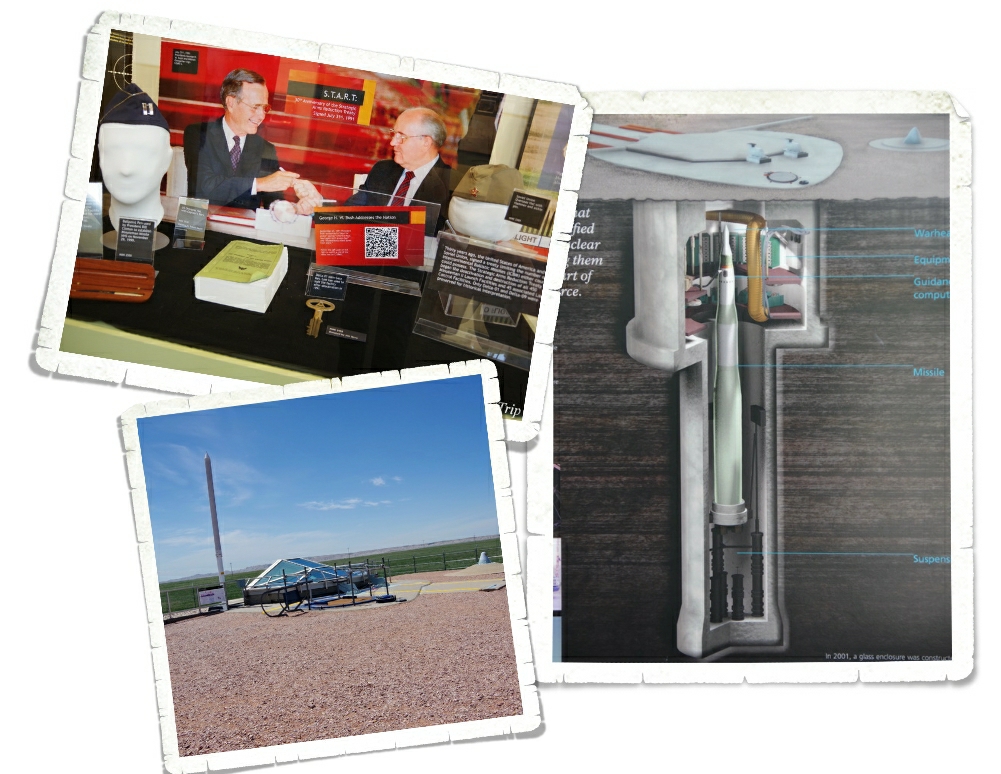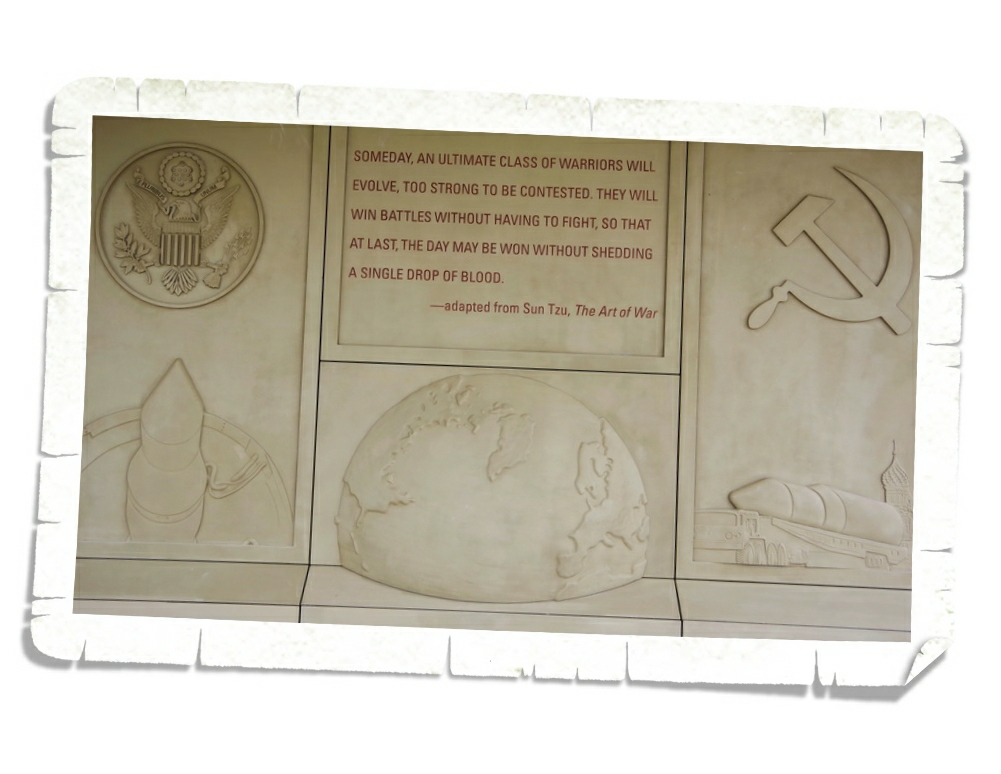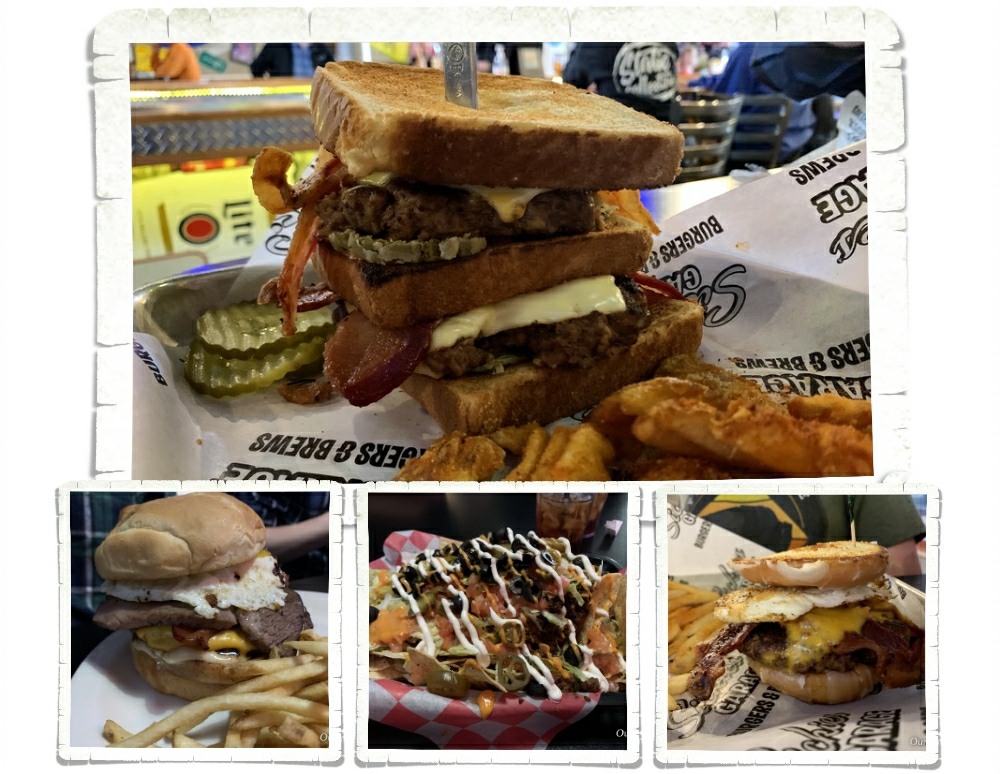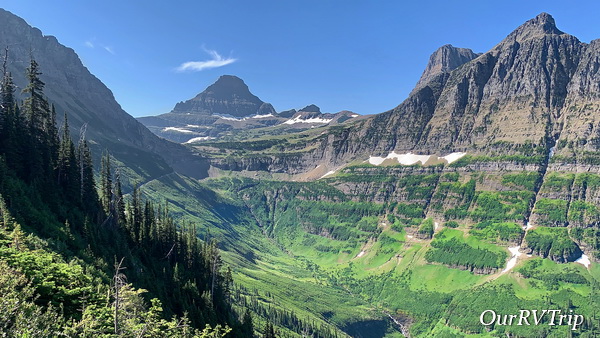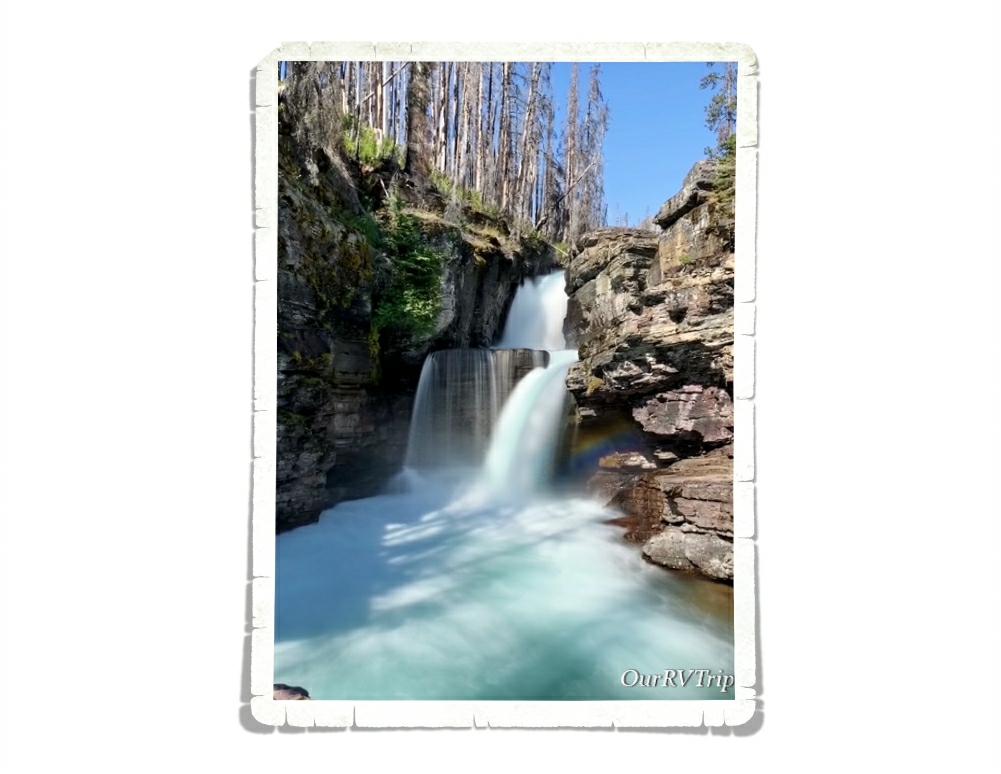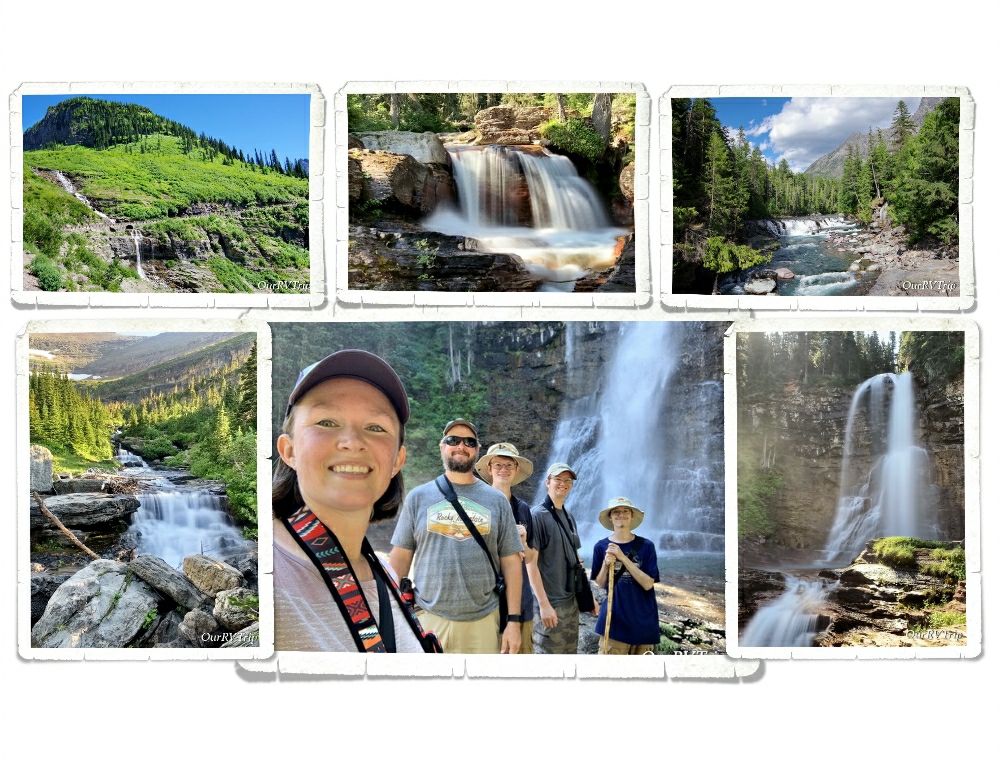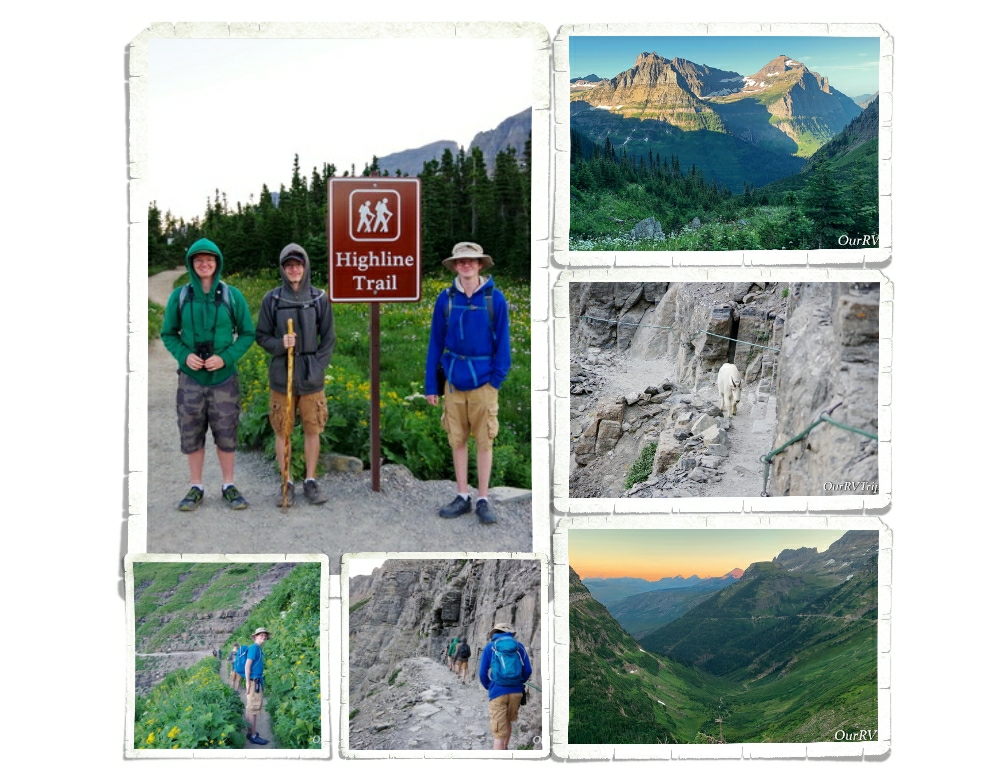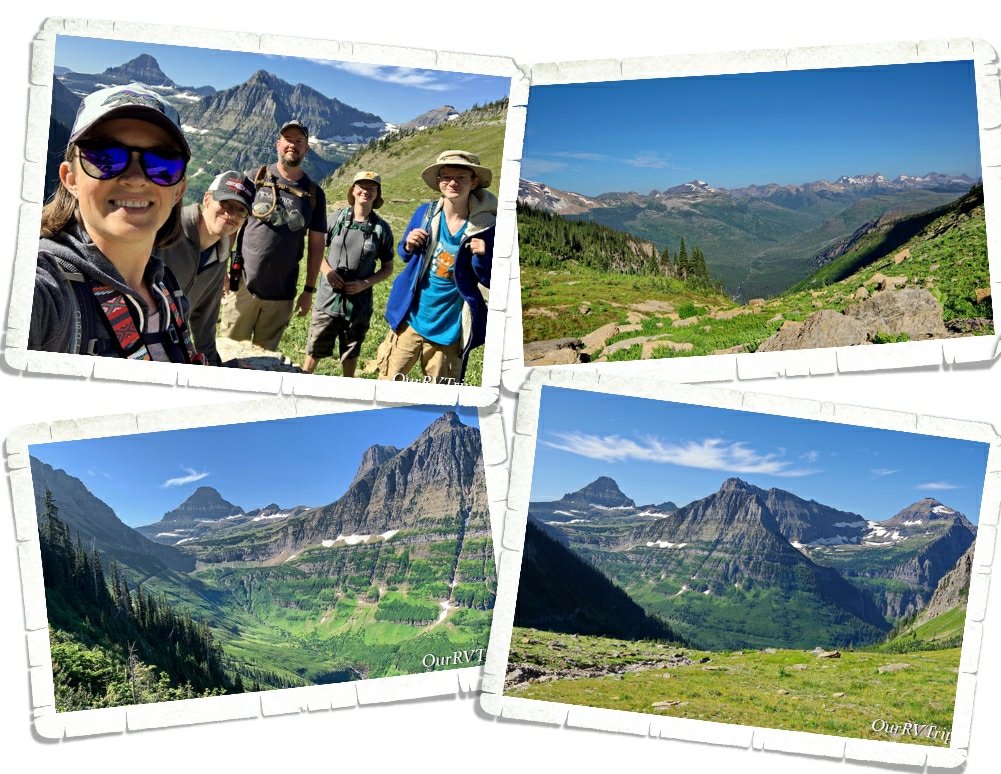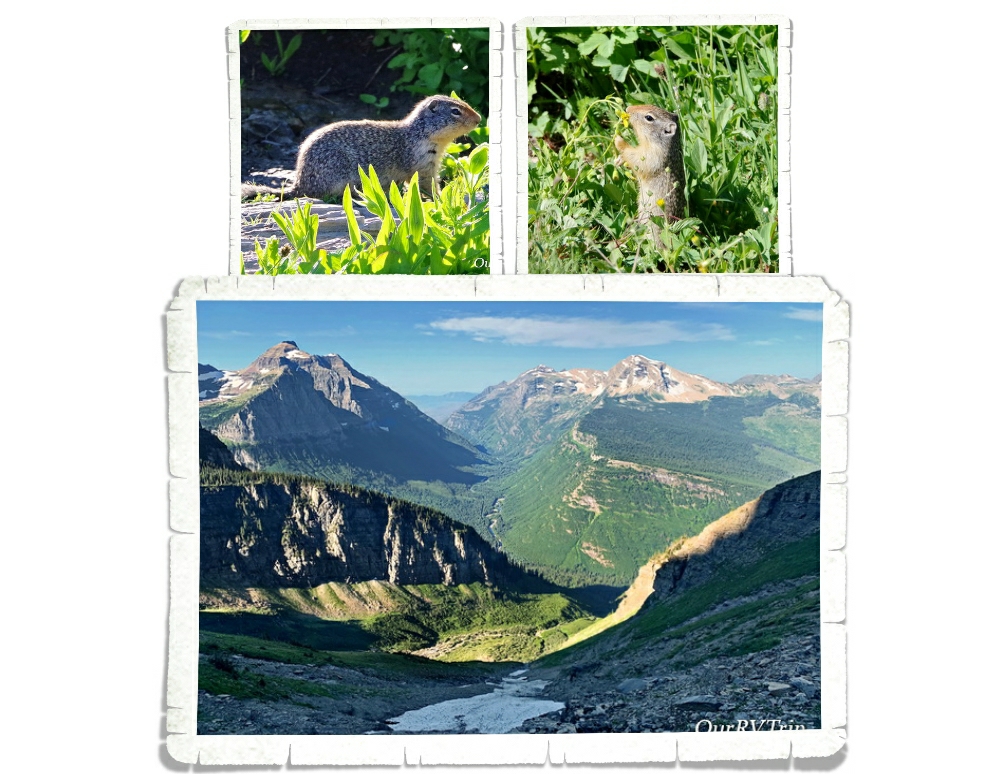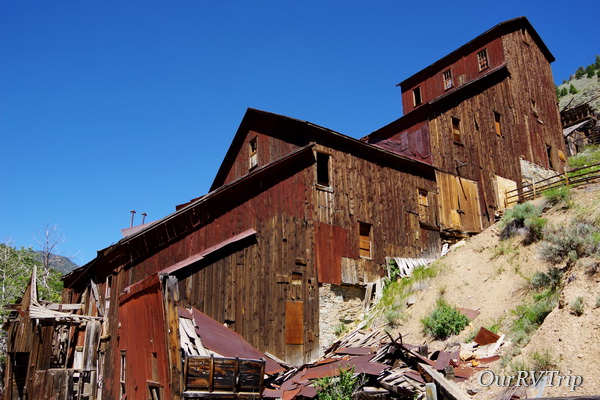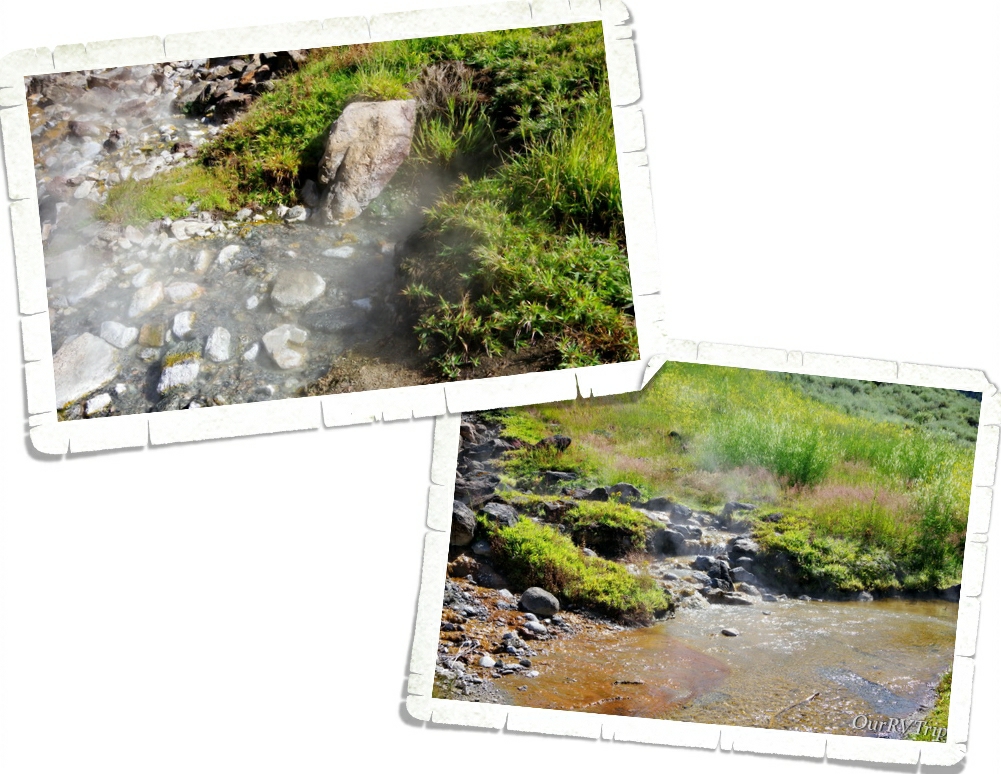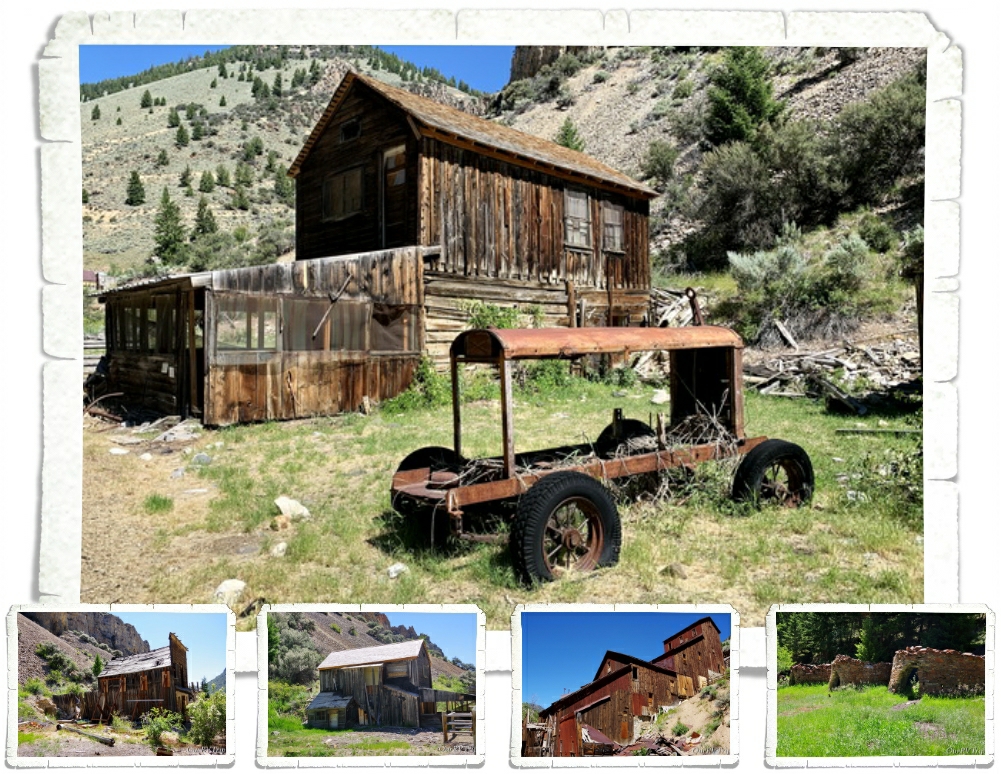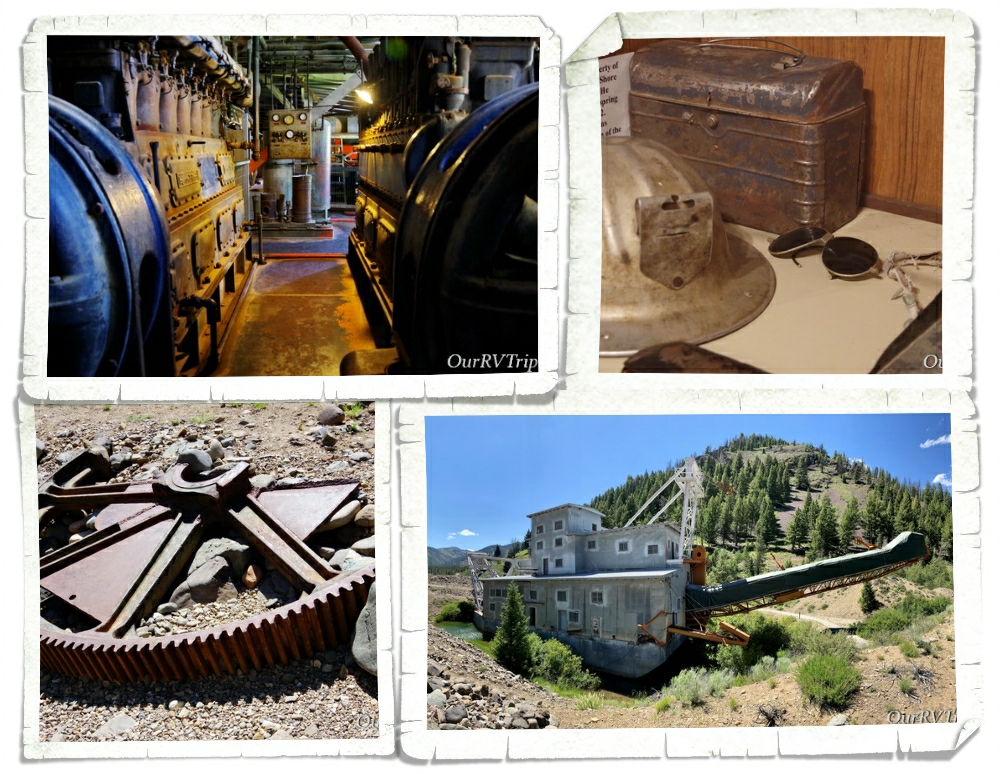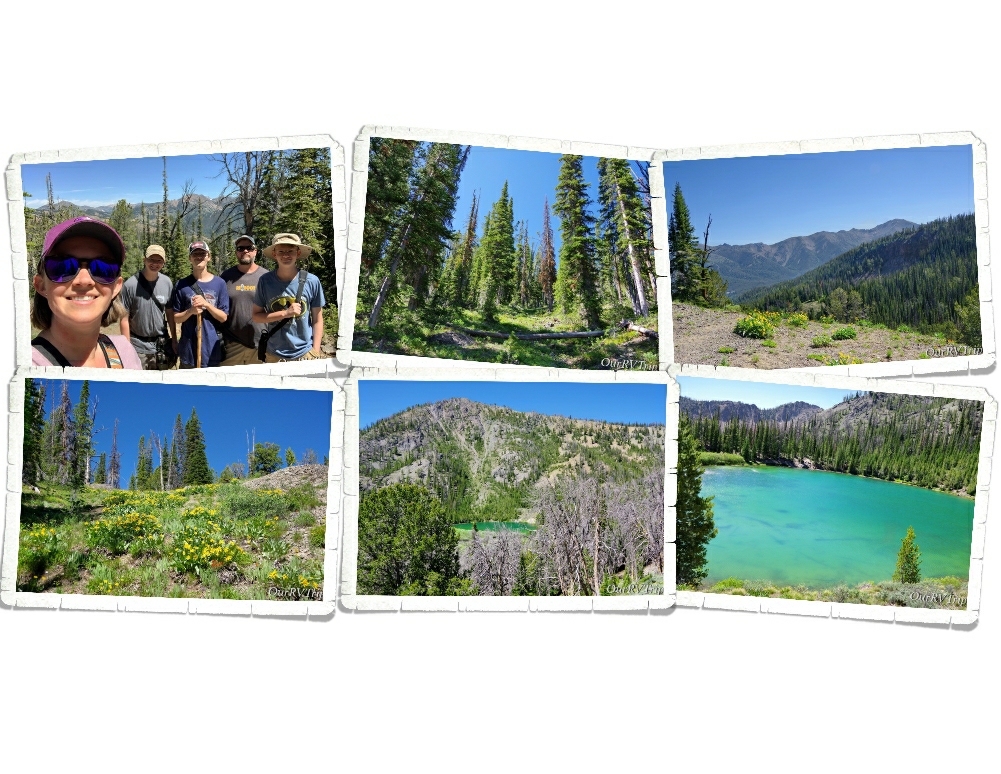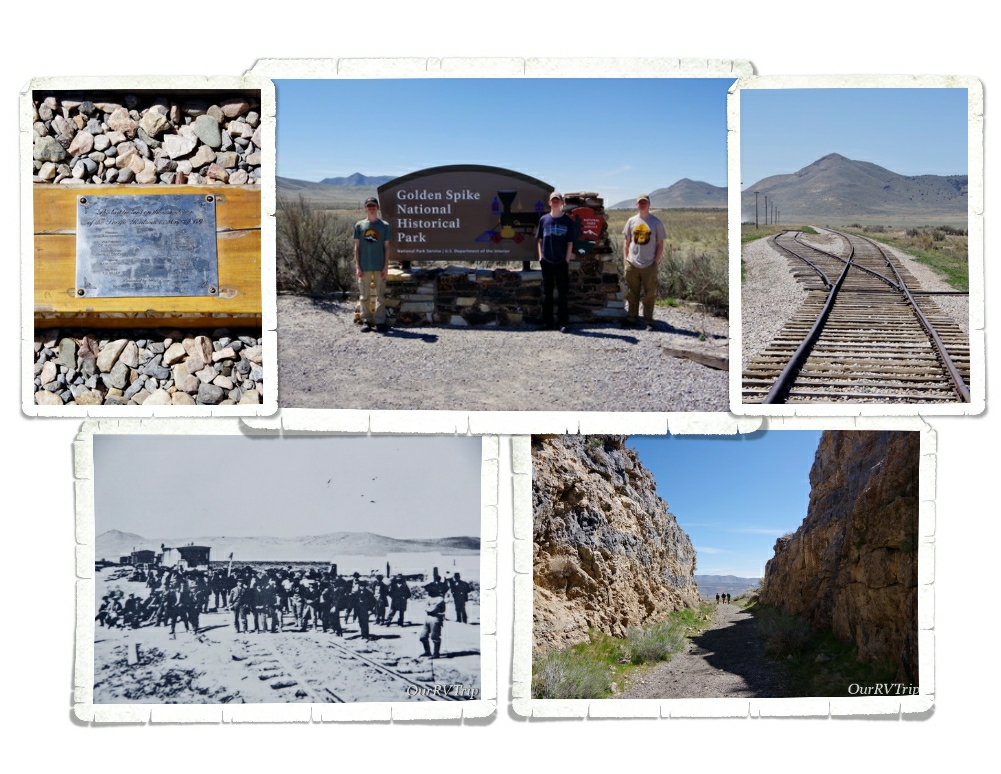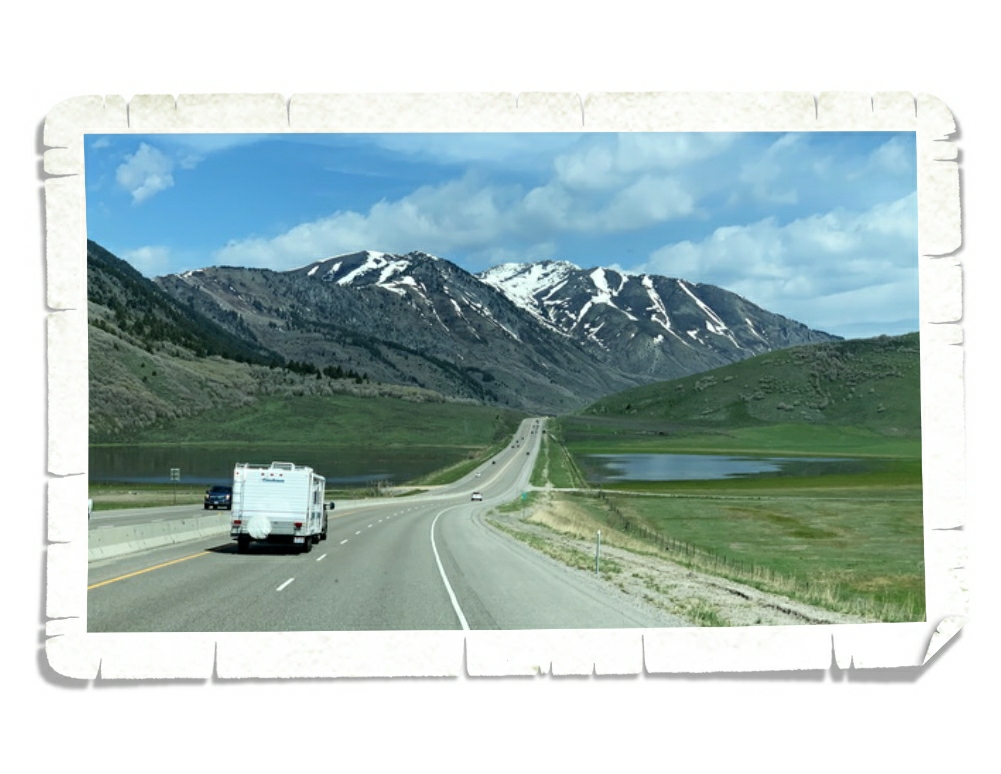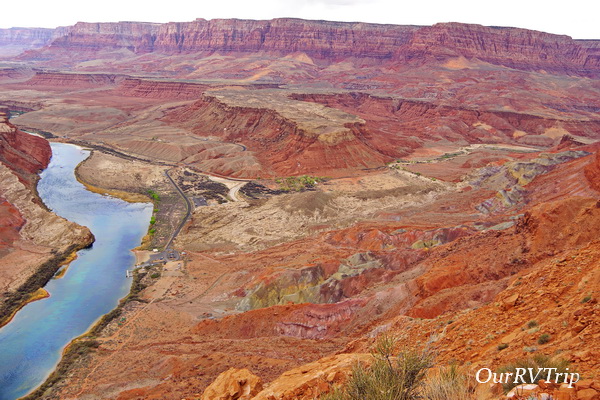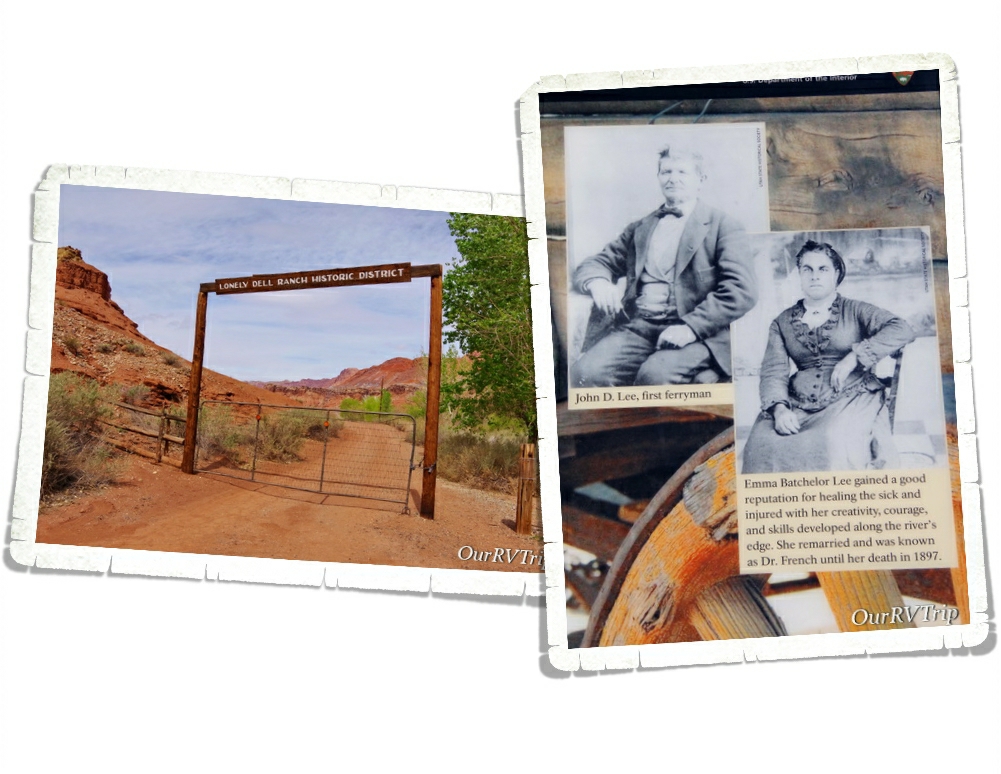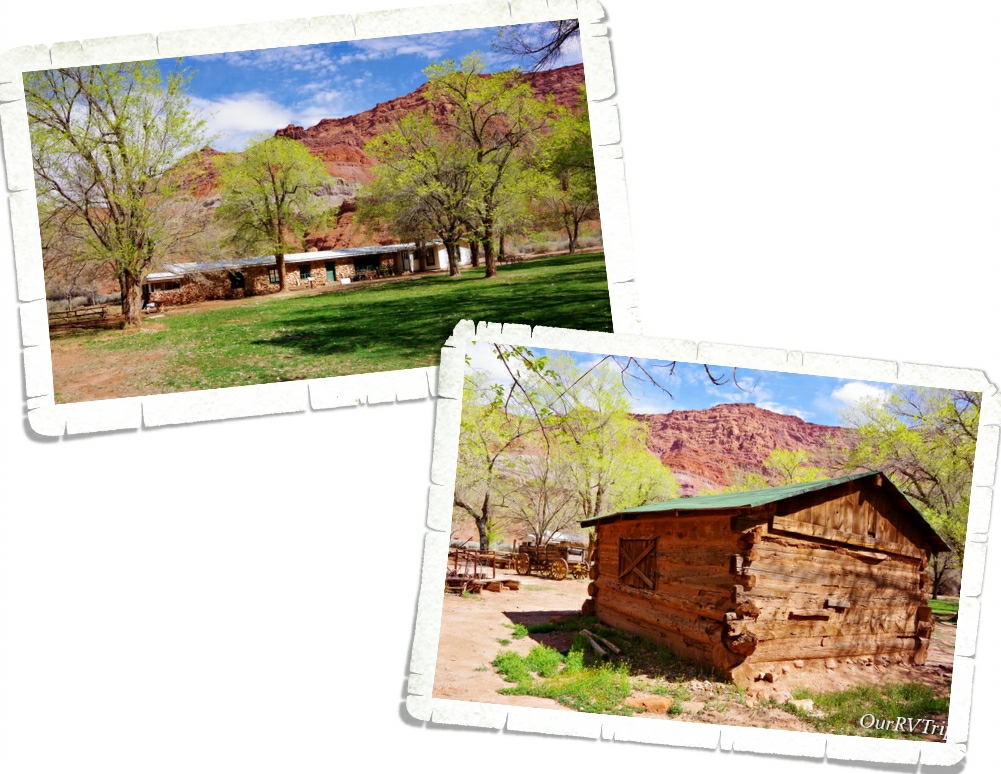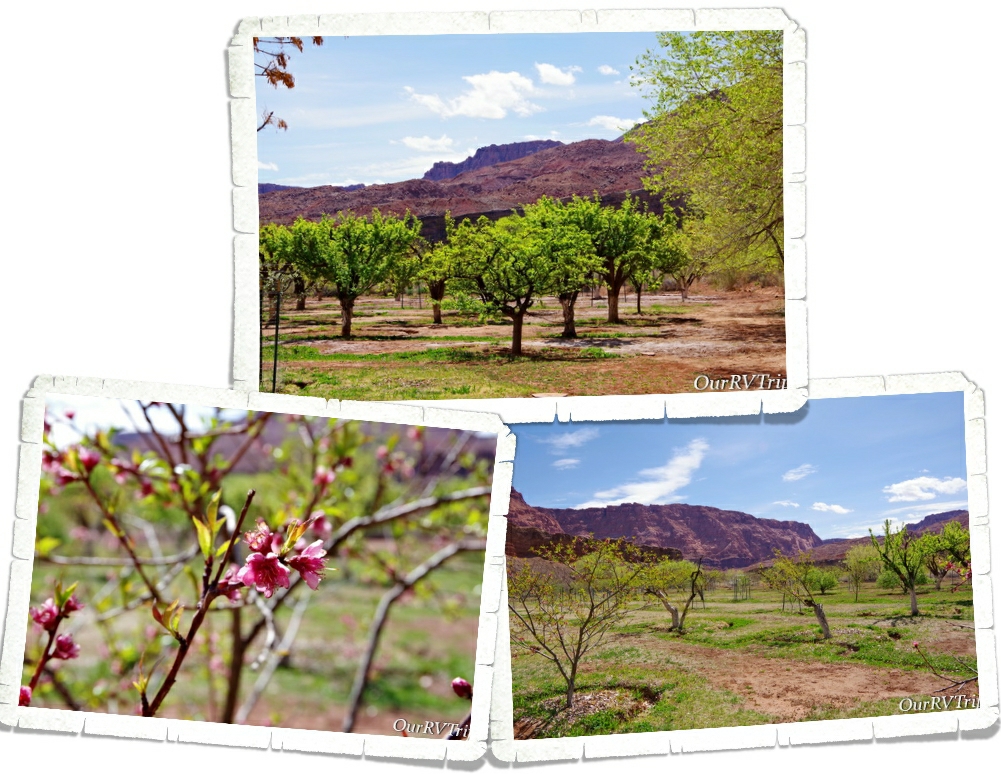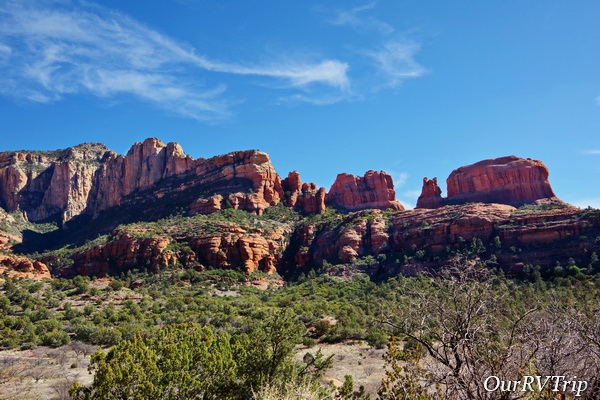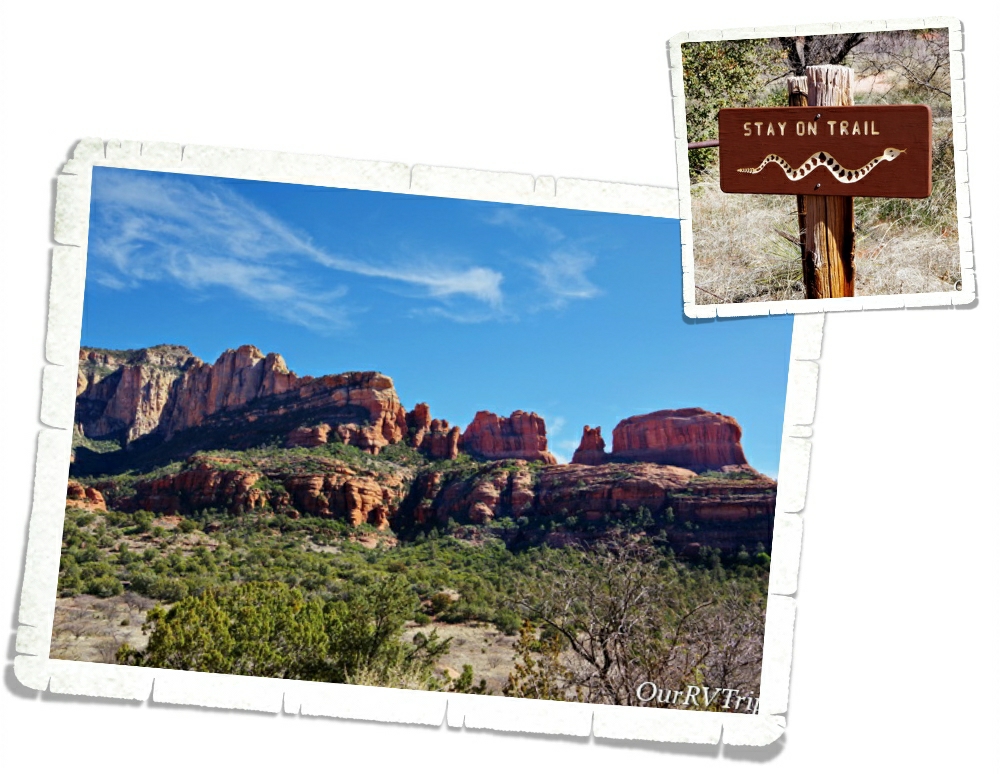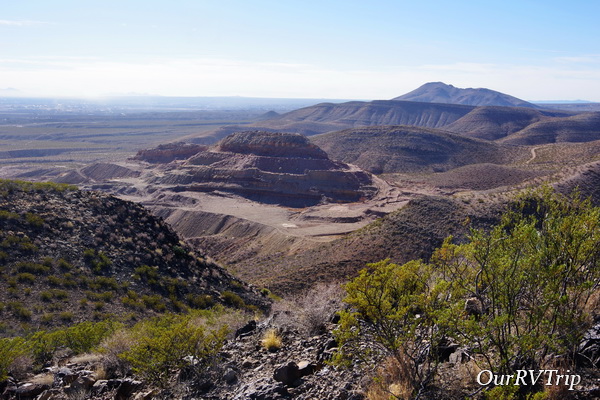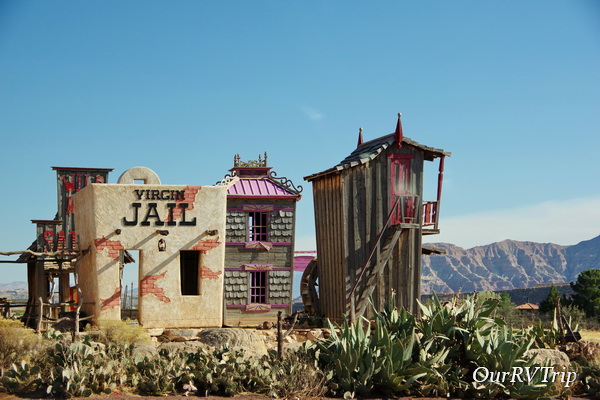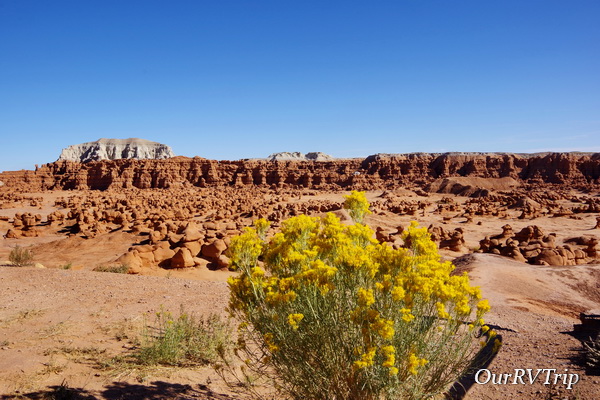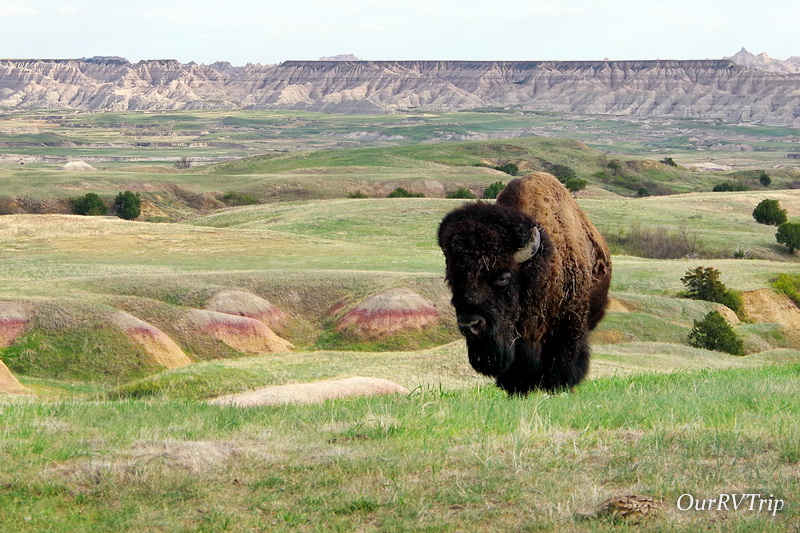
Badlands, Bison and Burgers
Hey Guys! When I planned this loop I gave us two weeks in Wall, SD to explore Badlands National Park and the Minuteman Missile National Historic Park. After reading that most people just drive through Badlands on their way to or from somewhere else, I wondered if I’d made a mistake by giving us so much time in one spot for just these two National Park Units. I almost changed it to one week. I’m so glad I didn’t…we had such a good time exploring Badlands NP!!
Badlands National Park protects 244,000 acres of buttes, canyons, pinnacles, spires and grasslands along with one of the world’s richest fossil beds. For thousands of years the Lakota people have called this area Mako Sica which means land bad and I can see why. Between the clay that gets slick and sticky when wet to the jagged canyons…along with the brutally cold and windy winters to the amazingly hot and dry summers, this land was difficult to pass through. Add to that the lack of year round drinkable water…living in the badlands was pretty much impossible.
Archaeologists have found evidence of over 300 ancient campsites…some dating back to 12,000 years. It is believed that these campsites were just temporary camps for hunters as they traveled through the area.
It wasn’t until 1862 when President Lincoln signed the Homestead Act into law that pioneers, desperate to have a chance at a new life, started trying to build year round homes in the Badlands area. Thanks to the Homestead Act, a US citizen could claim a 160 acre parcel of land out west. All they had to do was fill out an application, live and work the land for five years and then file for a deed within seven years. In 1907 with the completion of the Milwaukee Railroad through the White River Valley, homesteaders poured into the Badlands area to take advantage of the Homestead Act. With little to no water and soil not fit to farm on, most of the homesteads became “Starvation Claims” and were abandoned or sold. The Stock Raising Homestead Act of 1916 turned things around though…this Act promised 640 acres of land for ranching purposes and lowered the time pioneers had to live on the land down to three years instead of five. Ranching turned out to be better and today the ranches are measured in thousands of acres instead of 160 or 640 acre plots. The unpredictable land and weather still test the resolve of the ranchers pretty much like it did the old homesteaders of the past, but now there are machines that help with the hardships of working and living in the Badlands area.
Badlands National Park protects one of the largest mixed grass prairies in the US and it blends so beautifully with the ravaged land that’s been eroded into buttes, pinnacles, spires and canyons. The erosion has uncovered a colorful…and bizarre landscape that’s so picturesque it’s hard to believe your own eyes.
Guys, we saw soooo much wildlife in this park!! Most of it was found on the Sage Creek Rim Road…the sheep we found all over the park…the ones with the babies liked to stay up higher on the rock formations and could be seen at several different spots. We really wanted to see some baby bison, but all of the mammas and babies were in the middle of the grasslands where the roads didn’t go.
We didn’t do many hikes while we were at Badlands NP. There really aren’t too terribly many hikes to do, but we did one called the Notch Trail. It’s not a long trail (1.5 miles roundtrip), but you get to walk through a scenic canyon then climb a wooden ladder right up the side of the canyon wall! There’s nothing too hard about this hike and it ends in a spectacular view.
Personally, my favorite part of the park is the Yellow Mound area. There’s a pull off…it’s really just a wide spot in the road…that has the best views of the yellow mounds! There’s a place down the road from the Yellow Mounds Overlook that’s wide enough for your car to safely pull to the side at 43.84947914, -102.21353146 where I took the pics above.
There’s a 39 mile scenic drive with 16 pull-offs for scenic views…most people will spend will spend less than an hour in Badlands NP, driving the scenic drive on their way through the area from one destination to another. Slow down and stretch your legs on one of the short hikes or drive down a bit of the Sage Creek Rim Road and you’ll find out just how breath taking the Bad Lands can be.
The other National Park Unit we visited was the Minuteman Missile National Historic Site. The Minuteman Missile NHS preserves two former Minuteman Missile facilities (Delta-01 Launch Control Facility & Delta-09 Launch Facility Missile Silo). You need to reserve a Ranger led tour to see Delta-01 but you can drive out to Delta-09 and look around on your own. We missed out on tour tickets due to the whole pandem thing.
The Cold War: duck & Cover drills in school, Sputnik, fallout shelters, the Iron Curtain… The Cold War was primarily fought with politics, economics, indirect military confrontation and MAD (Mutually Assured Destruction). Our nation’s backyards became the frontline of an unwinnable war as the government hid 15 Minuteman II launch control centers with 1000 missiles that covered 13,500 sq. miles…all hidden in plain sight amongst the peaceful rolling hills of South Dakota.
Minuteman Missile National Historic Park is the first National Park in the world that is dedicated to commemorating the events of the Cold War that led to fear and distrust and a nuclear arms race between the US and the Soviet Union. Two countries built up their nuclear arsenals so that each could destroy the other. There would be no winner so no one would start the fight.
“Our arms must be mighty, ready for instant action, so that no potential aggressor may be tempted to risk his own destruction.” ~President Eisenhower
The power to destroy the world was hidden in plain sight, ready to be used in a seconds notice. Twenty-four hours a day/ seven days a week/ three hundred and sixty-five days a year for thirty years.
Welcome to Wall Drug. Guys, this place is crazy…I’ve never seen so many people show up every single day just to walk through a souvenir shop. We stayed at the RV park right down the road from Wall Drug so we got to watch the daily crazy as people started showing up by 7am to stand in line for the donuts and sticky buns…and the crowds never let up. It was busy every day all day the entire two weeks we were there! I get it though…I do. We went several times to walk around and look at the art on the wall or peruse all of the souvenirs. They have absolutely anything you could want as a souvenir… and if I’d known how sparse the selection would be at Custer…I would totally have gotten all of my South Dakota souvenirs at Wall Drug.
Wall Drug has been run by the Hustead family since 1931 when they took a leap of faith and bought Wall Drug. The town of Wall was tiny and mostly populated by poor farmers who were struggling due to the Great Depression or drought. Wall was a blip on the dusty road with no reason to stop and spend some time. The family decided to give it five years…if they couldn’t make it work after five years, they’d leave. The summer of 1936 was hot and dry and that was when they figured out how to entice people to the store…free ice cold water. It worked and helped make the store the phenomenon it is today…where…you can still get a cup of free ice water. You really need to see Wall Drug to appreciate it for what it is. Stop in and get a free ice water and snag yourself freshly made maple donut, then spend some time learning the history of the store. It really is a true American Dream come true.
Wall, SD is a pretty small town, but there’s still some foodies to be found. We found a place called Red Rock Café and Guys…we ate there five times in two weeks. It was fantastic! We also stopped at a place called Sickies Garage in Rapid City when we went to get groceries…it’s another great find…but the star of our time in Wall was definitely Red Rock Café.
Well Guys…that’s all for this stop!
See y’all down the road!
#NationalParkTour


